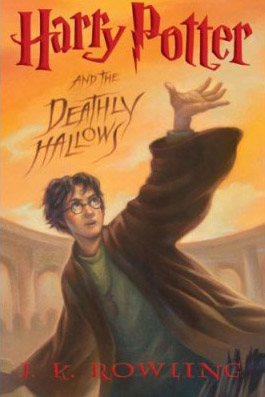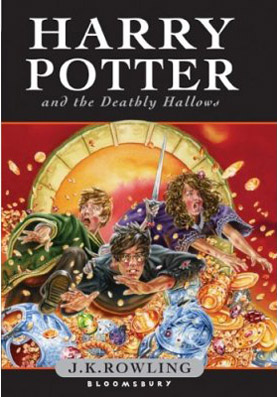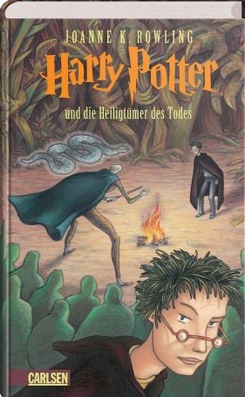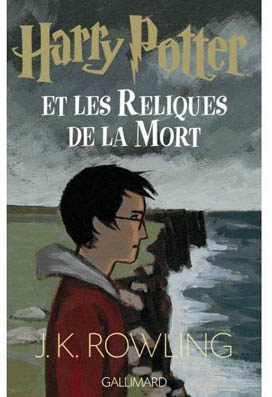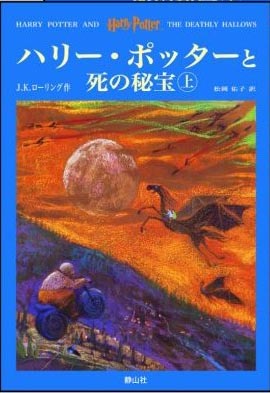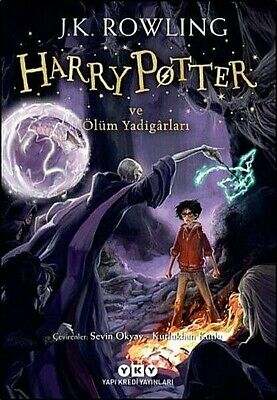Harry Potter

Rowling makes superb use of medieval and Renaissance alchemy rather than Christianity per se until the seventh book and it aroused controversy among those who saw alchemy as heresy and witchcraft. Those objections now have mostly faded away.
The English title of her first book, The Philosopher's Stone, says it all really. Harry is a magical child, the Philosophers' Child or Divine Child that was a prime goal of the alchemists' experiments. Of course they were mostly obsessed with the secret to eternal life, not getting through adolescence alive. The alchemists' lab experiments went through phases from black (think Sirius Black) to white (Albus, as in Dumbledore, means "white" in Latin) to red (Rubeus, as in Hagrid, means "red" in Latin) and then there are those references to alchemists like Nicolas Flamel, divination classes, mysterious symbols, dragons and other strange creatures... For more on alchemy - here, serpents here, and Norse dragons here.
These book covers are from the US, UK, Germany, France, Netherlands, Japan and Turkiye, reflecting some of the different cultural and visual styles. "Deathly Hallows" - not an easy concept to translate - becomes "Relics of Death."
